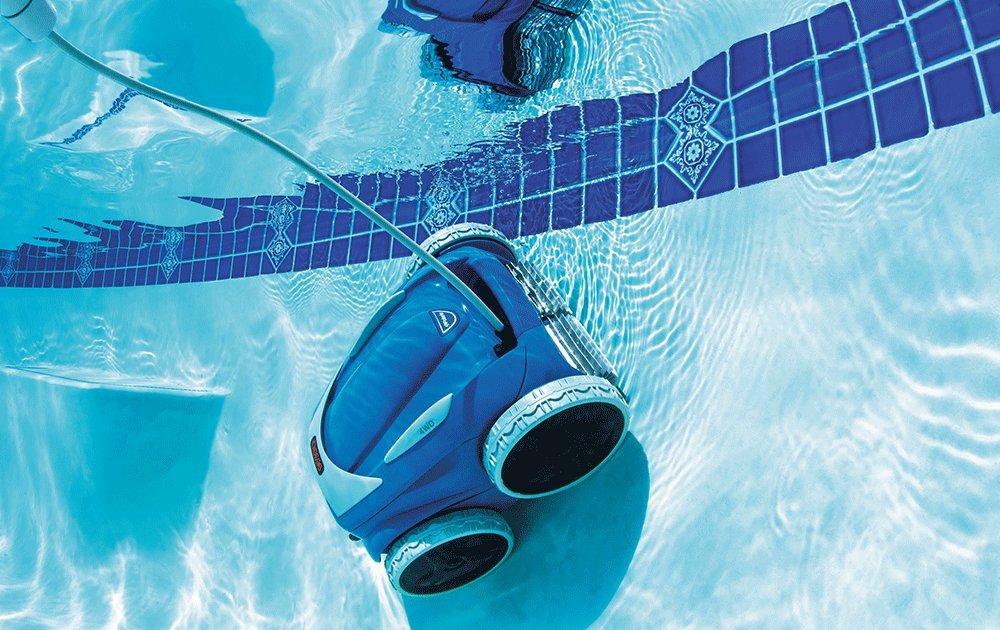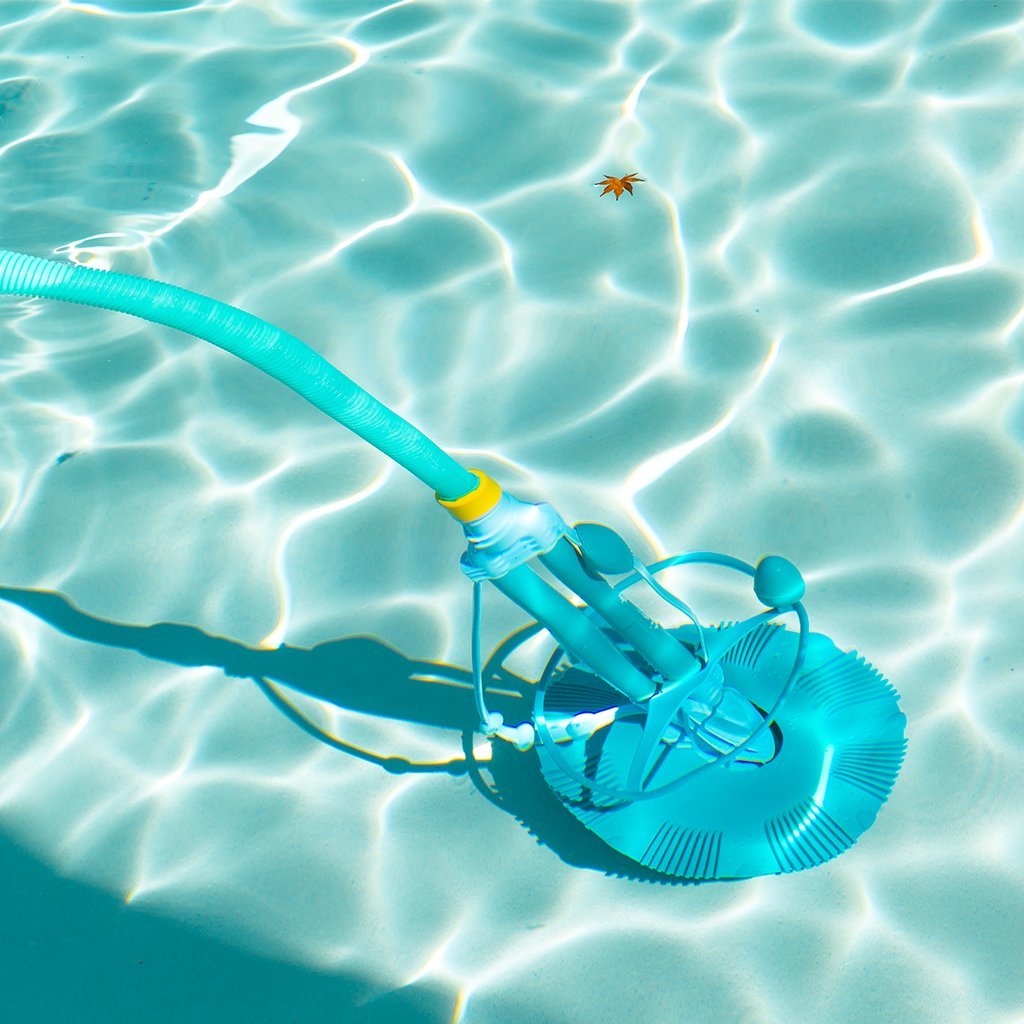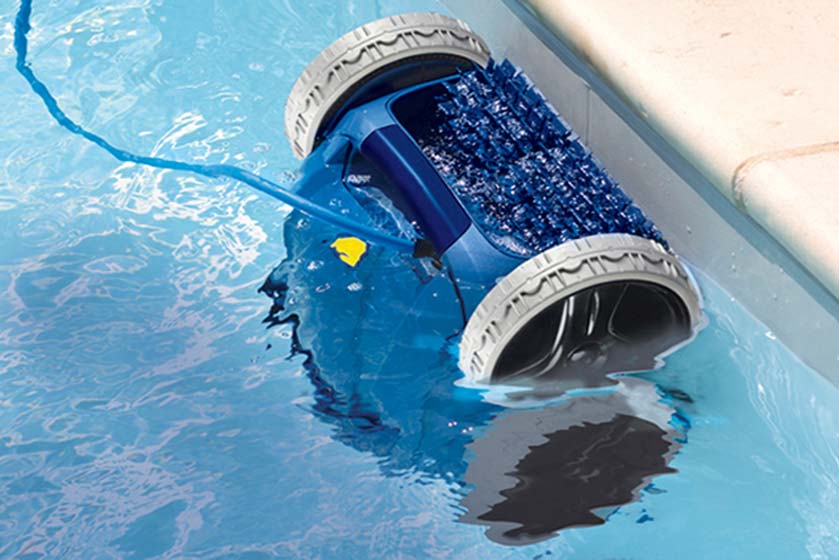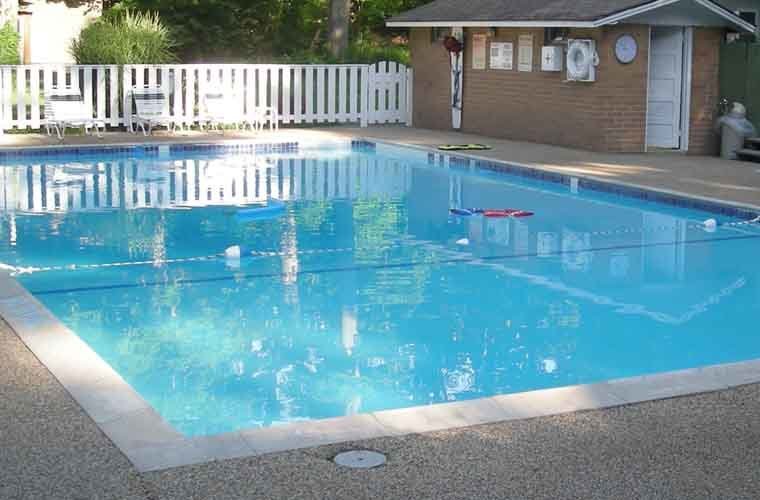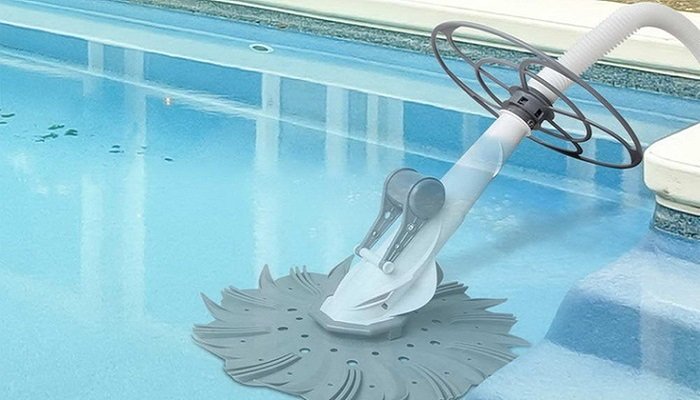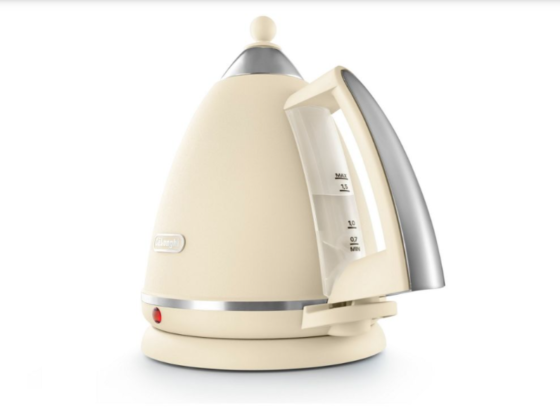Table of Contents Show
Yes, having a pool in your yard is so much fun! You can take a dip anytime you want, especially during those hot summer days.
But keeping it immaculately clean can be very tough. It will take you the whole day grinding and getting all wet and dirty to take out leaves, debris, and algae away from your pool. Thankfully, a suction-side pool cleaner can come to the rescue.
A suction-side pool cleaner with the highest suction power can leave the water sparkling clean in no time and with minimal effort.
But what features of suction-side pool cleaner must you look for? Let’s take a look at all the qualities of an excellent suction-side pool cleaner before you decide which one to buy.
Why Suction-Side Pool Cleaner?
Each type of pool cleaner has its pros and cons. To understand why you need a suction type pool cleaner, let’s discuss each type briefly.
Suction-Side Pool Cleaner
The suction-side pool cleaner is cheaper than the rest. This is popularly known as a “pool vacuum” or “creepy crawler,” thanks to savvy marketers by leading brands.
Aside from being the cheapest, suction-side is also one of the easiest to install. All you need is to plug it right into an existing filtration system.
All you need is to assemble the part, submerge it until it reaches the bottom of the pool, and turn on the pump. The device stays at the bottom and cleans the surface.
Con: Has no filter bag to collect dirt. You need to clean the filter to remove trapped debris frequently.
Pro tip: First time to use this device? Watch this how to install video to learn how to set up a suction-side cleaner properly.
Pressure-Side Pool Cleaner
A pressure-side pool cleaner uses water pumps to agitate the water and pressure to suck it through the filter. Unlike the suction-side type, it has a bag to collect the debris, so you don’t need to clean the filter frequently.
This cleaning process makes a pressure-type robot more efficient in cleaning the water and pool surfaces with minimal intervention from you.
Cons: More expensive and complicated to set-up. Typically, you need a second pump (booster) to generate the necessary water pressure to filter effectively.
Robotic Pool Cleaners
Like a suction-side pool cleaner, the robotic pool cleaner goes deep into the pool’s bottom, where it removes algae, leaves, and soil. It requires an electrical source to power the two internal motors.
Robotic pool cleaners work two ways: it scorches the surface to remove deep-seated dirt and uses pressure to filter the water. Therefore, this type of pool cleaner provides better cleaning than the first two.
Most robotic pool cleaners have smart technology that allows them to work independently. You can program them or create a track to ensure that the entire surface is thoroughly cleaned.
Cons: The most expensive type of pool cleaner in terms of price and energy cost.
Judging from the comparisons above, choosing a suction-side cleaner is a good investment. Despite not having a lot of extra features, the device can still get the job done.
Most of all, it has the least on-going maintenance and the cheapest option for keeping your pool clean.
What You Need to Look for a Suction-Side Cleaner
By understanding the pros and cons of each type of pool cleaner, you’ll get an idea of what to look for in a suction-side cleaner.
Pool Size
Pool size is the number one factor to consider. Can the cleaner effectively clean your pool with its size?
Remember that a suction-side pool cleaner needs to connect to your filter pump located at the side of the pool.
The critical factor here is the hose – if it’s not long enough, it may not reach the furthest and the deepest parts of your swimming pool.
Efficiency and Speed
Consider a model that cleans quickly and can climb walls and scrub at the waterline and other hard to reach areas. Choose a model that is designed to avoid getting stuck in the corner or can avoid big obstacles.
There are smarter models of pool cleaners with programmable timers that can regularly clean while following a predetermined track to ensure that the surface is thoroughly cleaned.
These features allow you to sit back and relax while the robot is doing its job.
Operation Cost
While it’s true that most suction-type pool cleaners don’t need to be plugged into an external power source, you still need to connect them to your pump and filtration system to operate.
This connection means that the pump will work harder, translating to a higher electric bill. Because of this, it’s advisable to pick a pool cleaner that works fast without sacrificing the quality.
Easy to Set-Up
Pick a model that is ready to use after doing 2-3 steps. Don’t go for cleaners that make your life complicated.
Durability
Check the materials used in creating the product. Sturdy materials mean that the machine can work longer.
Also, follow the maintenance instructions that you can find in the brochure. If you take care of the device properly, it will last longer, giving you your money’s worth.
